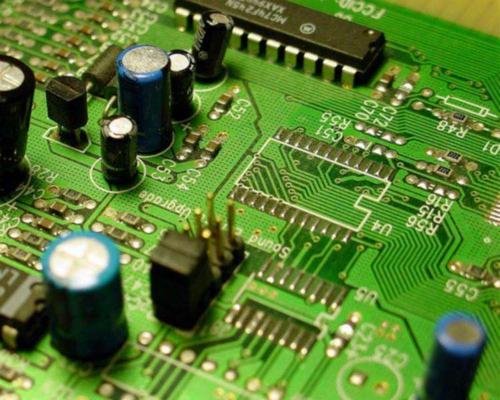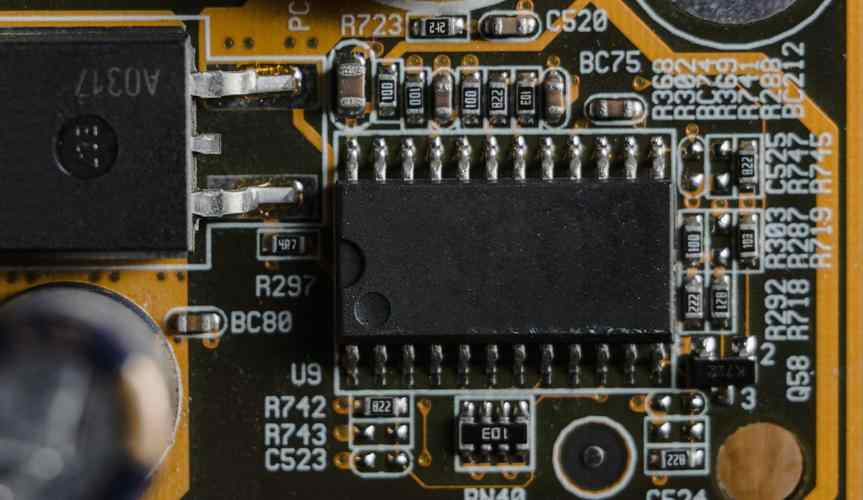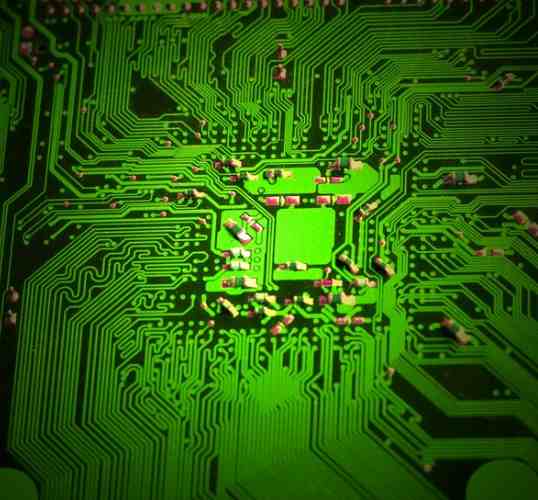
At present, wireless products are gradually popularized and widely used, and the requirements for antennas are also increasing. Many manufacturers need to customize antennas to ensure strong signal and stable signal. For antenna customization, we need to pay attention to many details in order to customize the best solution.
The antenna PCB board itself is an oscillator, but it is different from the ordinary LC oscillation loop, it is a deformation of the ordinary oscillation loop. The electric field is concentrated between the two plates of the capacitor, while the magnetic field is distributed in the limited space of the inductor coil, and the electromagnetic wave obviously cannot radiate into the wide space. If the oscillating circuit is expanded, the electromagnetic field is distributed in a large space, which creates conditions conducive to radiation. Then, the modulated high-frequency signal current from the transmitter is sent to the antenna from the feeder, and the antenna converts the high-frequency current energy into the corresponding electromagnetic wave energy and radiates to the space. A PCB antenna is a part of a PCB circuit board used for wireless receiving and transmitting. When transmitted, it converts the high-frequency current of the transmitter into electromagnetic waves in space; When it receives, it converts the electromagnetic waves it intercepts from space into high-frequency currents that are sent to the receiver. Its advantages are: less space occupation, low cost, no need to assemble the antenna separately, not easy to touch damage, the assembly of the whole machine is convenient, but there are gains and losses - sacrifice performance. Disadvantages are: single antenna field type is difficult to be rounded, high insertion loss, relatively low efficiency, easy to be interfered by the motherboard.
After radiating from the antenna, the energy of the electromagnetic wave will travel forward along the surface of the earth in all directions. If a wire is placed in an alternating electromagnetic field, a certain alternating voltage -- electromotive force -- is excited at both ends of the wire because the magnetic line cuts the wire, and its frequency is the same as that of the transmission frequency. If the conductor is connected to the receiver through the feeder, the current of the modulated wave signal can be obtained in the receiver. Therefore, this wire plays a role in receiving electromagnetic wave energy and transforming it into high-frequency signal current energy, so it is called the receiving antenna. Both sending and receiving antennas belong to energy converters, and "reversibility" is the characteristic of general energy converters.
The same antenna can be used as either a sending antenna or a receiving antenna. Communication equipment generally uses the same antenna for receiving and sending. Therefore, the same antenna not only affects the effective energy output of the sending system, but also directly affects the performance of the receiving system. The reversibility of the antenna is not only shown in that the sending antenna can be used as the receiving antenna and the receiving antenna can be used as the sending antenna, but also in that the parameters of the antenna when it is used as the sending antenna remain unchanged with those when it is used as the receiving antenna. This is the reciprocity principle of the antenna.

Confirm the wireless frequency band
Communication antenna is the use of different communication frequency transmission wavelength is inconsistent, and then use this property of communication antenna to make different frequency band signal receiver. It is necessary for us to know the signal frequency range to be transmitted. For example, the frequency of Bluetooth transmission is 2.4GHZ, so it is necessary for us to control the transmission wavelength length of the communication antenna within the range that can withstand the transmission of this signal, and then achieve no disturbance in the transmission overrush and high signal strength.
Check the installation environment and antenna dimensions of the device
It is necessary to understand the device environment and device scale of the specific communication antenna. The antenna can be divided into external devices according to the device position, that is, the device is on the whole shell or the device position is outside the whole device. Actual cases are as follows: Wireless WIFi router antenna, handheld wireless walkie-talkie antenna and other devices, followed by the built-in device, communication antenna directly integrated on the circuit board of the device may be embedded in the device, the actual cases are: mobile phone antenna, Bluetooth audio, car GPS positioning antenna and other electronic and electrical appliances. Confirming whether the communication antenna is a built-in device or an external device is related to the planning of the whole device and the opening mode. The second is to confirm the type of antenna. The antenna of the external device includes: glue rod antenna, sucker antenna, mushroom antenna, etc., and the internal antenna includes: FPC antenna, ceramic antenna, etc. Then according to the equipment of opening mold and finishing beautiful most to choose the right scale and type.
Mold production field debugging
According to the preliminary planning scheme, confirm the communication frequency band, device environment and antenna appearance and size of the communication antenna, start to make mold and sample according to the data, after mold and sample test fit the preliminary planning data, then arrange the sample to the customer user for field test, and start mass production after the field test is completed. Otherwise, return to the factory to continue debugging until the test is satisfactory. At this stage, our communication antenna customization has been successfully completed.









